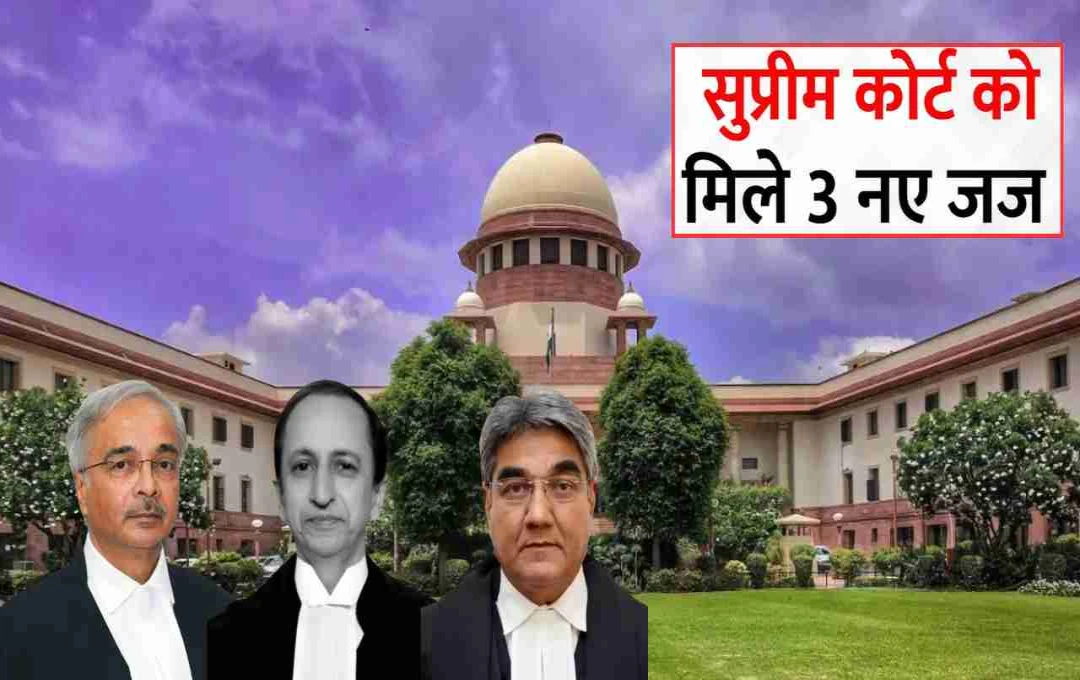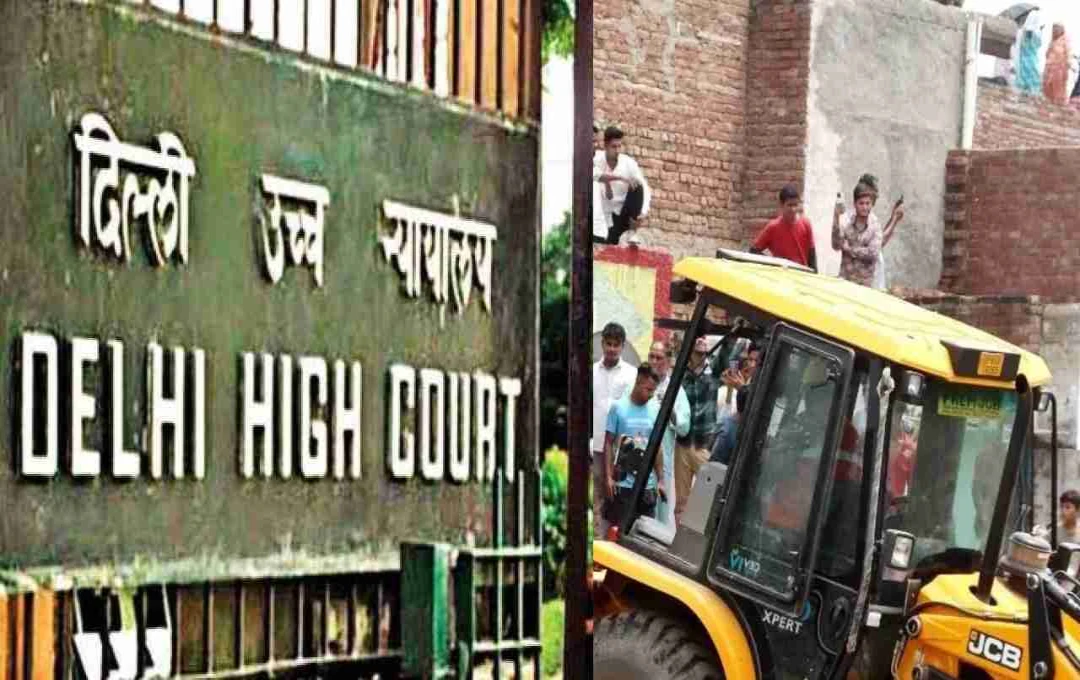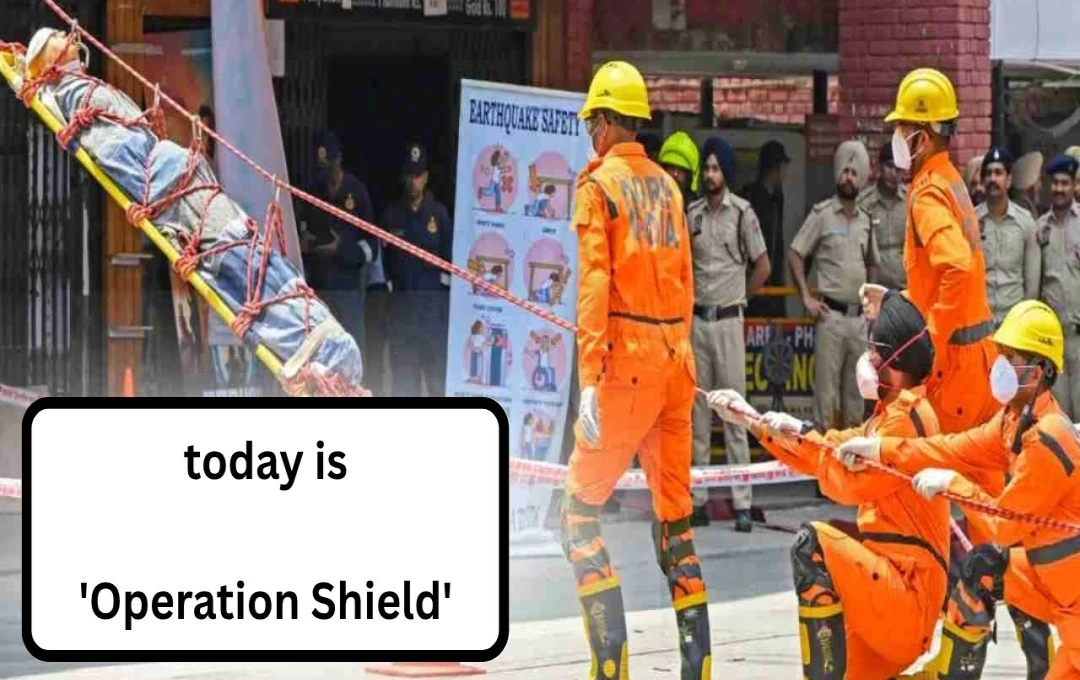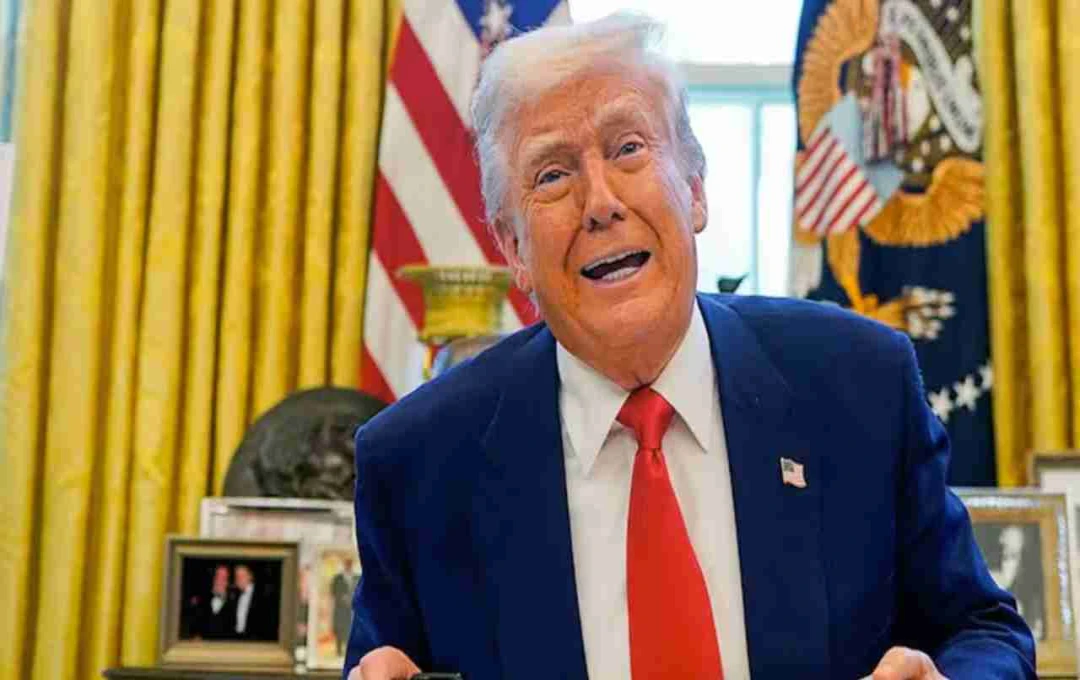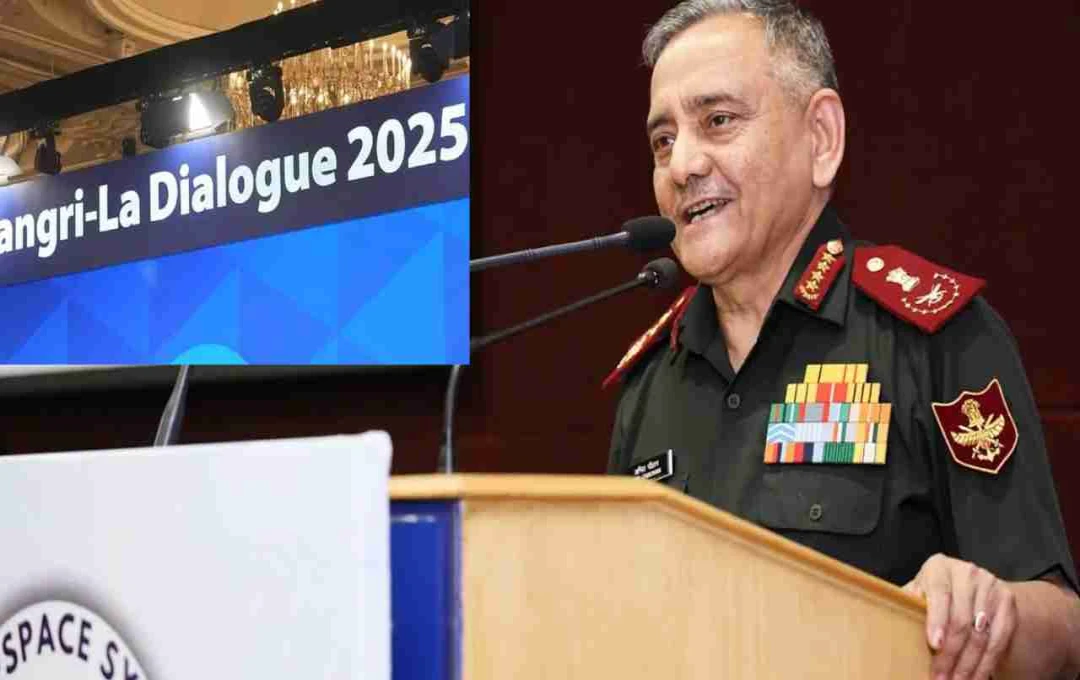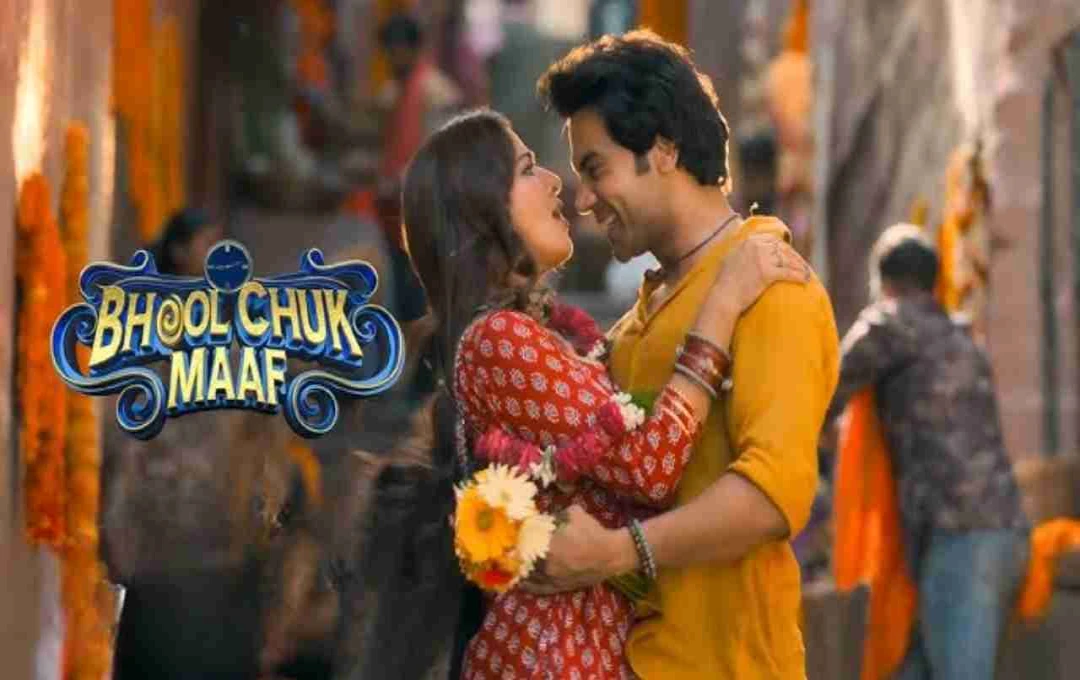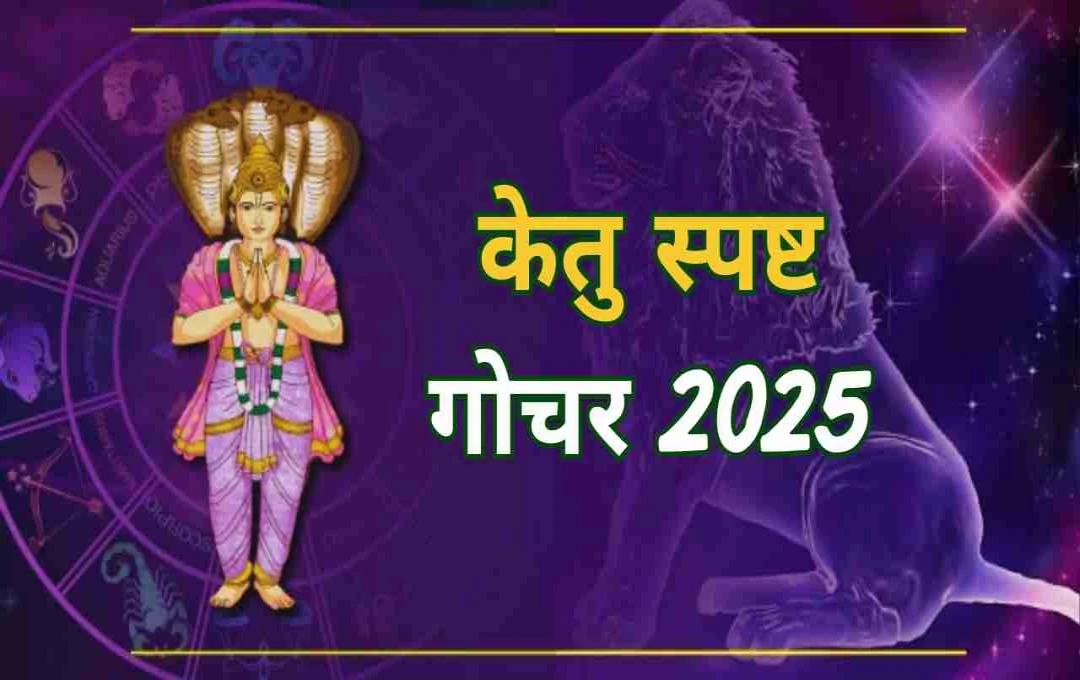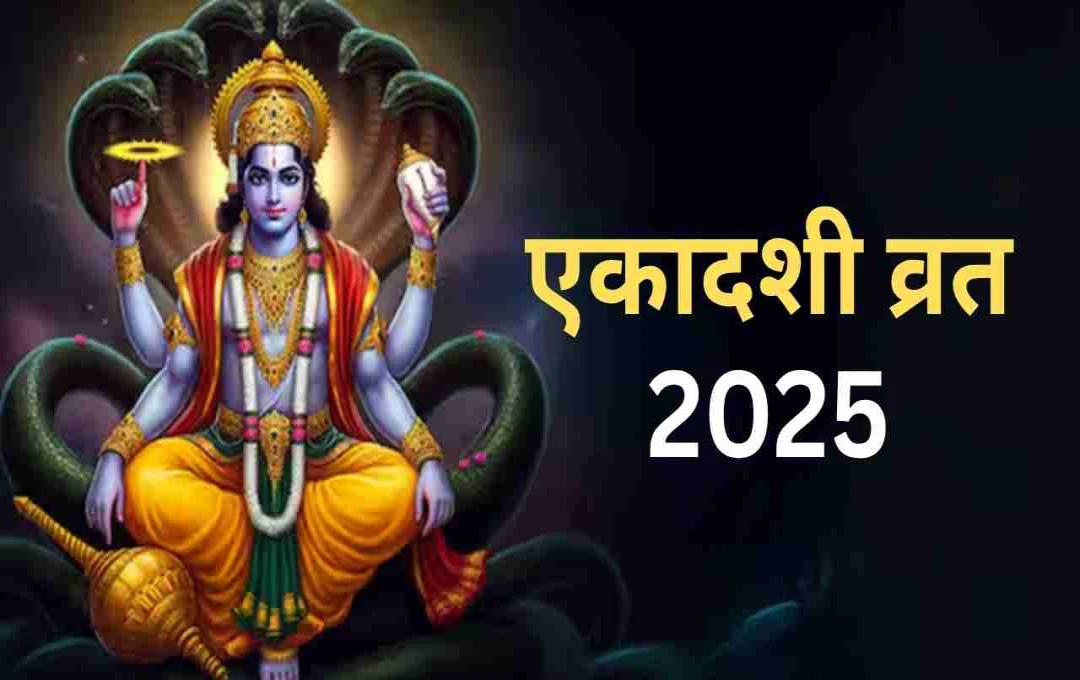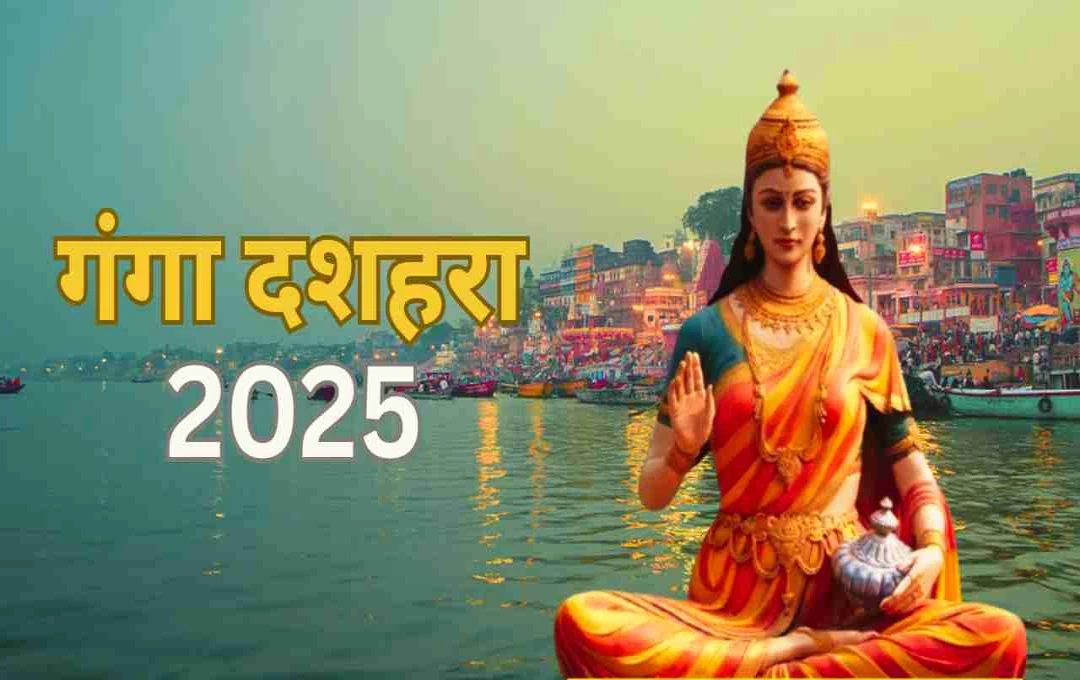India's highest judicial institution, the Supreme Court, has once again achieved its full strength. Today, three new judges—Justices N.V. Ramana, Vijay Bishnoi, and Atul S. Chandurkar—were sworn in by Chief Justice D.Y. Chandrachud.
SC Judge Oath: Today's swearing-in ceremony restored the Supreme Court to its full complement of 34 judges. Justices N.V. Ramana, Vijay Bishnoi, and Atul S. Chandurkar took their oaths as Supreme Court justices. Chief Justice D.Y. Chandrachud administered the oaths. Notably, Justice Vijay Bishnoi took his oath in Hindi.
These appointments were recommended by the Supreme Court Collegium on May 26th and approved by the President on May 29th, following which the central government issued the notification.
Appointment Process and Recommendation
The appointment of the three judges was based on the recommendation of the Supreme Court Collegium on May 26th, 2025. The President approved these appointments on May 29th. The central government promptly issued a notification confirming the elevation of these judges to the Supreme Court. This appointment has addressed the long-standing shortage of judges, resulting in a ber and more capable bench for the apex court.
Background of the New Judges
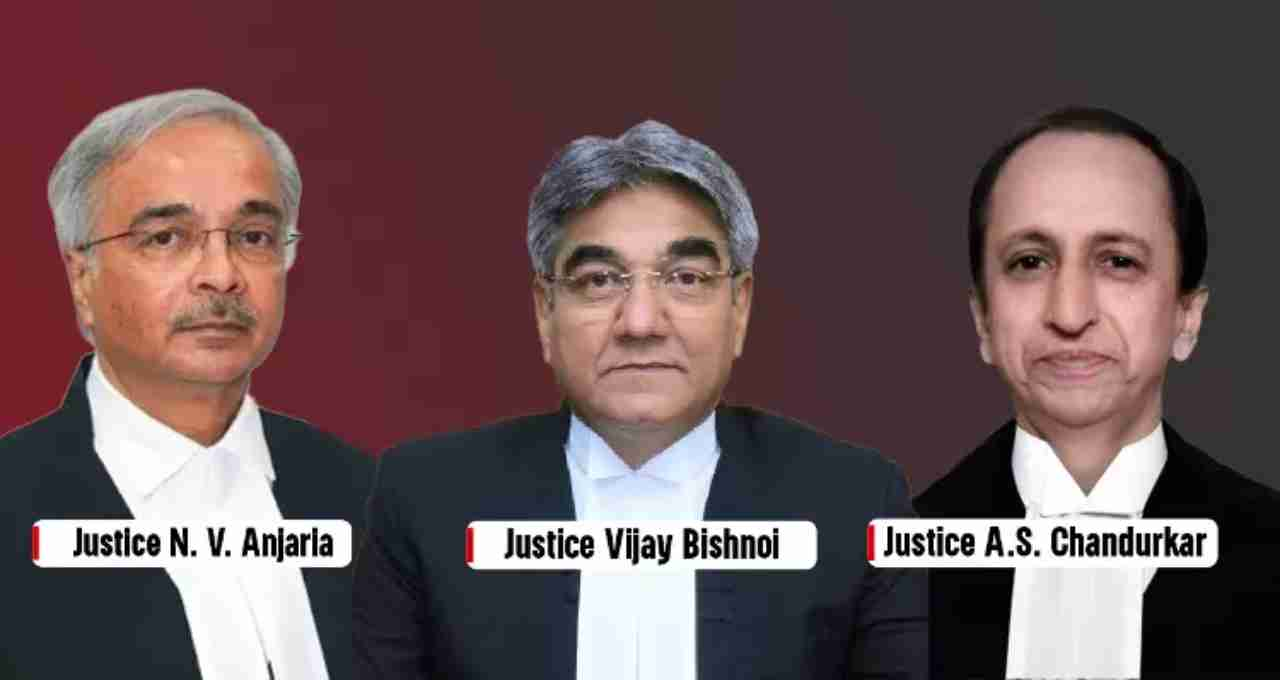
Justice N.V. Ramana, formerly the Chief Justice of the Karnataka High Court, hails originally from the Gujarat High Court. Justice Vijay Bishnoi, previously the Chief Justice of the Gauhati High Court, originates from the Rajasthan High Court. Justice Atul S. Chandurkar is a senior judge from the Bombay High Court.
Chief Justice D.Y. Chandrachud remarked on the importance of a full bench for the strength of the judiciary. He welcomed the new justices, expressing his hope that they would further enhance the credibility and strength of the nation's judicial system. The fact that Justice Vijay Bishnoi took his oath in Hindi added a particularly patriotic element to the ceremony.
Judicial Tenure
The new justices' tenures are considerable, a positive sign for the Indian judiciary.
- Justice N.V. Ramana's tenure will extend until March 23rd, 2030.
- Justice Vijay Bishnoi will serve until March 25th, 2029.
- Justice Atul S. Chandurkar's tenure is until April 7th, 2030.
Current Status of the Supreme Court
These appointments bring the Supreme Court to its full complement of 34 judges, a crucial development for India's largest constitutional court. This is expected to expedite the hearing of various cases, as a shortage of judges had previously led to a backlog.
While a vacancy will arise again on June 9th, 2025, following the retirement of Justice Bela M. Trivedi, the court's efficiency will still see a positive impact. The current appointments signify the government and judiciary working together to make India's judicial system more effective.
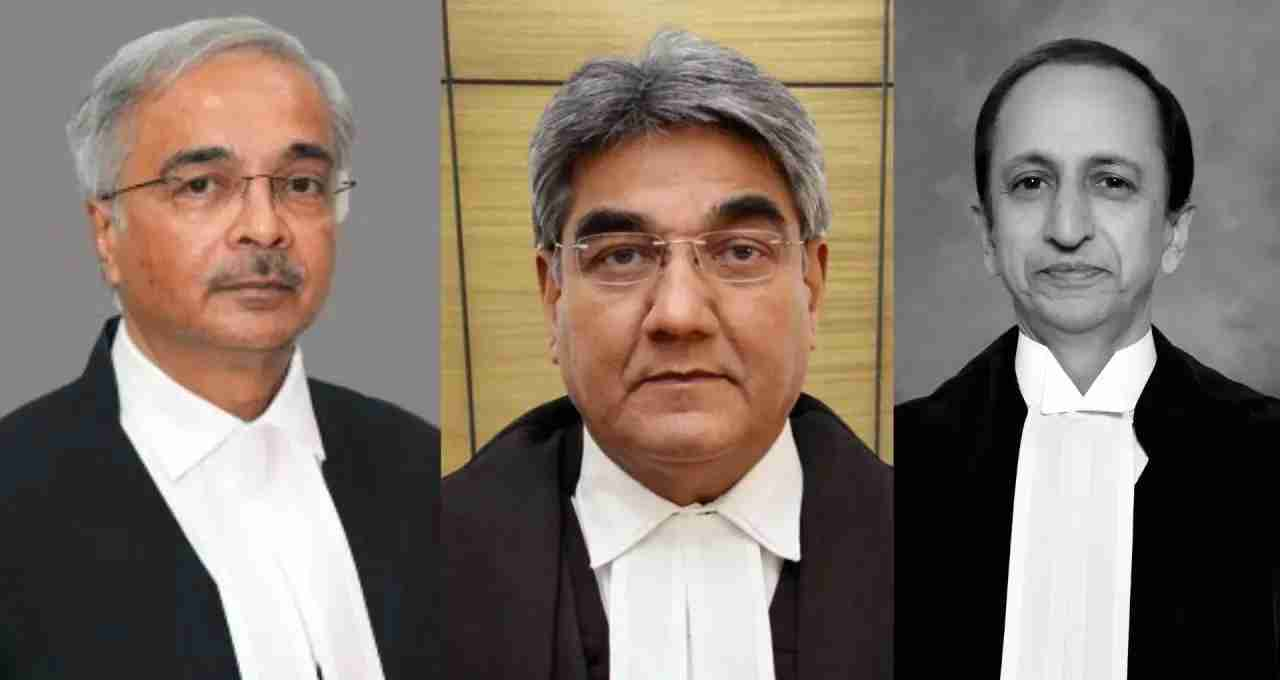
Expectation of Speedy Improvements in the Judiciary
These new appointments have generated significant enthusiasm among legal professionals and the public. The previous shortage of judges had hampered the timely hearing of numerous cases, delaying justice. With the Supreme Court now operating at full strength, there is hope for faster resolution of constitutional and other important matters.
